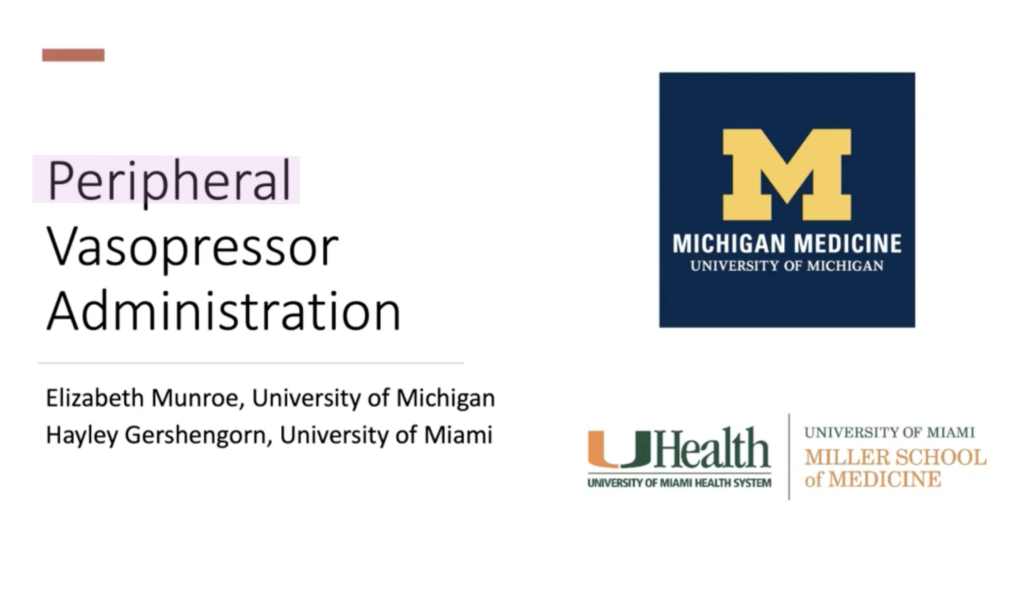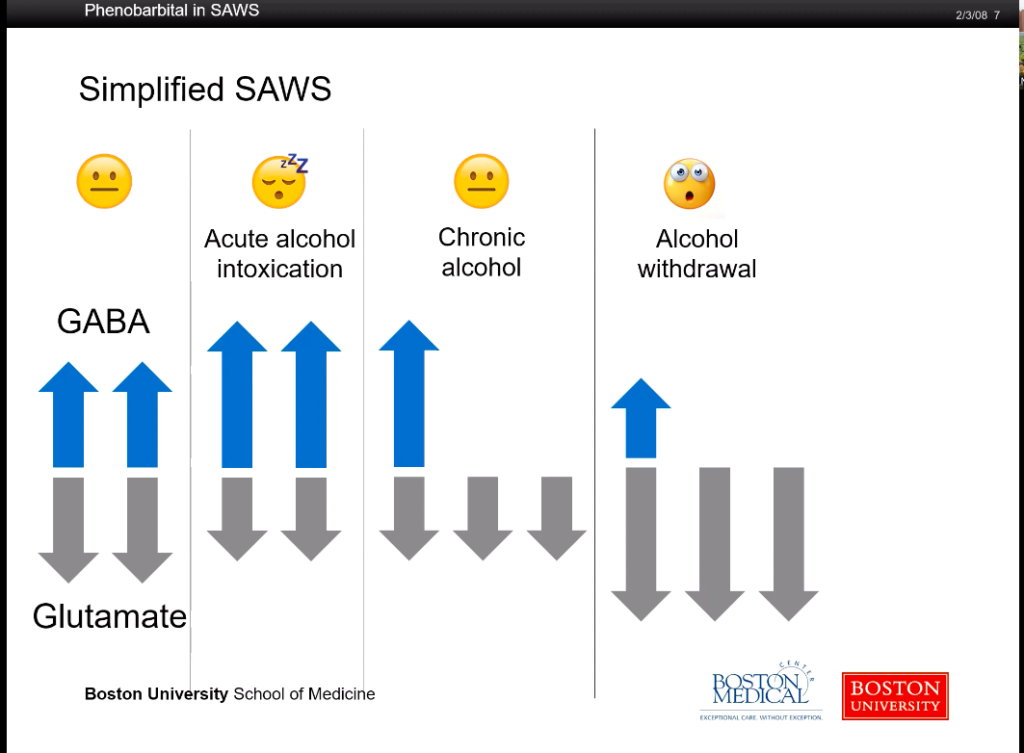Dr. Carl Shanholtz was the man of the hour at the University of Maryland Multidisciplinary CC Conference this week, here to discuss his “Plan B – Z” for patients with refractory hypoxia despite your best efforts. Dr. Shanholtz is one of the few PI’s of the ARDSnet collaboration and shares an amazing evidence based walkthrough of the different salvage therapies we have available to us when you must throw the proverbial kitchen sink at your dying patient. What do you have in your back pocket?
Podcast: Play in new window | Download
Subscribe: Apple Podcasts | RSS
Pearls
- General Housekeeping
- Beware of studies where outcomes are compared against historical controls – standard of care and practices change, which will bias the data.
- We all know to keep the plateau pressure < 30 mmHg, but there doesn’t appear to be a safe Pplat that you can ignore low-tidal volumes (Hager et al., 2005).
- For patients with reasonable hemodynamics and ARDS, practicing a fluid restrictive strategy appears to improve outcomes.
- Now this is a big one – remember, fluids are drugs!
- Keep a close and constant eye on the cumulative I/O balance sheet. You’ll be surprised at how positive your patients actually are if you don’t keep track!
- It has been suggested that up to 10% (over 5,000) of the overall mortality from ARDS is a direct result of iatragenic hypervolemia!
- Proning
- Concept: Reducing the amount of atelectasis and alveolar edema at the bases as well as the posterior segments due to the weight of the patient’s heart, body tissue, gravity, etc. while lying supine for an extended period of time.
- No statistical benefit demonstrated for all-comers with ALI/ARDS, however…
- For patients with moderate to severe ARDS (P/F < 200) there does appear to be significant benefit to proning.
- Guerin et al., 2013 – for patients with severe ARDS found a reduction in 28 & 90 day mortality by 50%.
- Neuromuscular blockade
- Concept: Reducing ventilator dyssynchrony will reduce biotrauma of lungs and minimize iatragenic inflammation/edema in lungs.
- Technique: Cistatracurium infusion x 48 hours (Papazian et al., 2010)
- May have some outcome benefit.
- Inhaled vasodilators
- Concept: By using an inhaled vasodilator, you can improve V/Q mismatch by preferentially dilating pulmonary vasculature that’s perfusing unaffected lung – unlike an intravenous Rx that theoretically would just increase your shunt fraction.
- Multiple studies on iNO, but does not appear to have a significant impact on outcomes for hypoxemic respiratory failure, specifically in ARDS (Adhikari et al,. 2007).
- Extracorporeal Life Support (ECLS/ECMO)
- Historically, ECLS technology was pretty poor – however, improved circuit technology has increased the availability, reduced blood trauma, and increased the length of support that can be provided.
- The CESAR trial (Peek et al., 2007) is intriguing, however the significant benefit in death & disability (composite endpoint, not a primary endpoint) in the ARDS group managed with ECMO, and…. there was an asterisk.
- (*) The treatment arm may have not actually received treatment (i.e. ECMO) – 1/4 of these patients received “standard treatment” but were merely transferred to an ECMO capable center.
- Other confounders (treatment center variation, low tidal volume ventilation strategy, etc.)
- But, there’s hope for all you ECMO nerds out there (like me) … let’s wait and see what happens with the EOLIA trial.
- Airway Pressure Release Ventilation (APRV)
- Concept: Ventilator strategy that essentially provides a high CPAP with inverse ratio ventilation.
- Increased PEEP will maintain recruitment, prevent RACE injury, improve oxygenation.
- Sacrificing CO2 clearance.
- Overall, no significant clinical data to support outcome benefit with ARDS.
- Concept: Ventilator strategy that essentially provides a high CPAP with inverse ratio ventilation.
- High Frequency Oscillatory Ventilation (HFOV)
- Birth: Derdak et al., 2002
- Death: Ferguson et al., 2013; Young et al., 2013
References
- Guérin C, Reignier J, Richard JC, et al. Prone Positioning in Severe Acute Respiratory Distress Syndrome. N Engl J Med. 2013.
- Wiedemann HP, Wheeler AP, Bernard GR, et al. Comparison of two fluid-management strategies in acute lung injury. N Engl J Med. 2006;354(24):2564-75.
- Ventilation with lower tidal volumes as compared with traditional tidal volumes for acute lung injury and the acute respiratory distress syndrome. The Acute Respiratory Distress Syndrome Network. N Engl J Med. 2000;342(18):1301-8.



